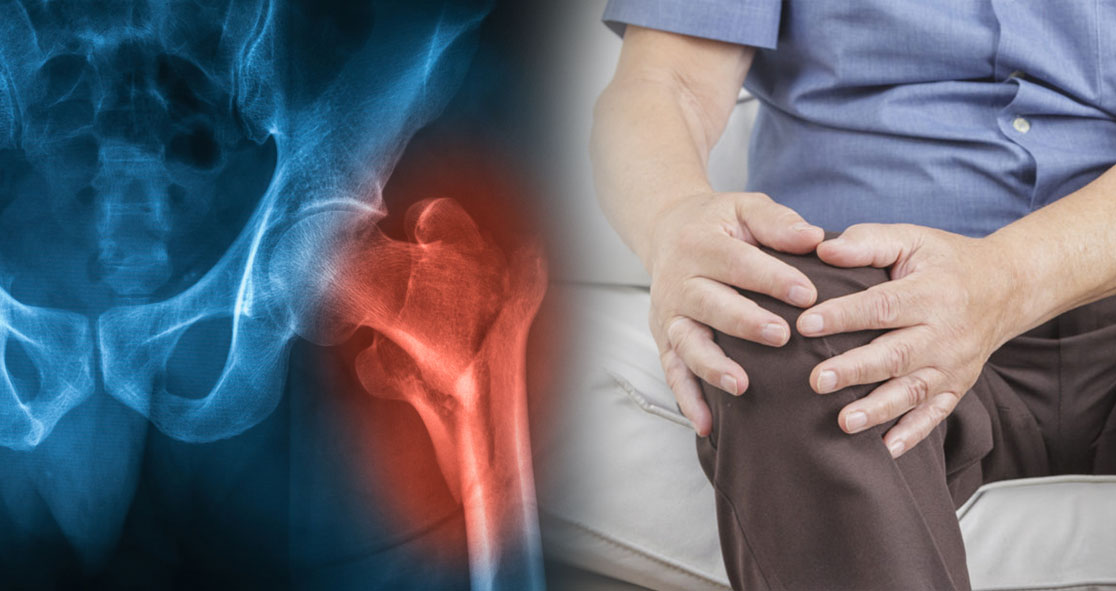A new study published in The Lancet Diabetes and Endocrinology from the University of Sheffield has found that osteoporosis in men is often overlooked by doctors as well as patients, according to Medical Xpress.
Researchers said raising awareness of osteoporosis in men is desperately needed to help improve prognosis and outcomes for patients.
Osteoporosis is a condition characterized by weak bones, which is a normal part of the aging process. However, some people lose bone density much faster than others, making their bones more fragile. Osteoporosis increases the risk of fractures, needing treatment in hospitals.
Women are more vulnerable to developing the condition, as their bone density declines rapidly compared to men at an earlier age, especially after menopause.
Men have relatively larger and stronger bone and joint surfaces, which is why their osteoporosis diagnosis is often overlooked.
The researchers found that men are generally diagnosed later, comply with treatment less, and go to the hospital at older ages compared to women.
The study’s author Dr. Tatiane Vilaca said, “Generally diagnosis of osteoporosis happens when a patient presents at hospital with some kind of fragility fracture in older age, for example falling from standing height, and breaking a hip, wrist or spine.”
“Research suggests men hospitalized with hip fractures tend to be older than women, which could be because the condition develops more slowly in men,” she added. “As older people are usually slightly frailer, with poorer states of overall health, this could explain the slightly higher levels of disability and mortality associated in men with osteoporosis who are hospitalized following a fracture.”
The researchers believe further studies specific to osteoporosis in men will help improve current screening and diagnosis systems, helping doctors to diagnose the condition early.
Dr. Richard Eastell of the University of Sheffield said, “As women make up larger numbers of people living with osteoporosis, the data we have on the progression of the condition in men is currently not as robust.”
“This updated review shows that further studies of male patients could help improve current diagnosis systems, as well as resources for the education of primary care clinicians and the general public on the early warning signs of osteoporosis in men,” he added.
Dr. Vilaca said, “Despite the current gap in knowledge, men can still easily be screened for osteoporosis at their general practitioner surgery.”
“Anyone with a family history of osteoporosis, broken bones, or fractures, those with acute back pain or a loss of height should be encouraged to have a check-up,” she added. “These are all early warning signs of the condition in both men and women, and early preventative treatment is the best way to ensure a slower disease progression and longer, healthier life without a fracture.”





















